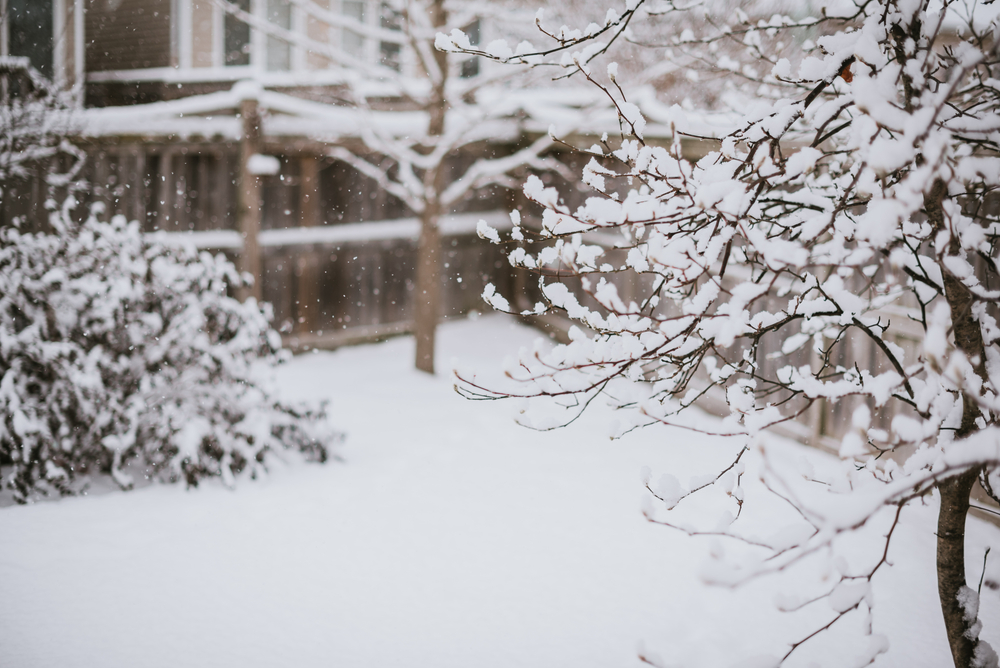Shrubs and other woody plants native to your area will fare fine during winter’s typical cold days and nights.
Native, healthy shrubs will go into dormancy according to natural triggers and will get through a routine winter without needing much help from you.
However, you should be aware of and know how to plan to protect the shrubs in your landscaping during the various extreme winter weather events that can occur any year.
Here are some weather events that should raise concern:
- An early cold spell could damage shrubs that have not yet hardened off for the winter.
- A warm period or thaw in the middle of winter can fool plants into reacting like spring is on the way, and when the cold weather returns it can damage those plants.
- Repeated freeze and that cycles can damage the root system to plants.
- Animals such as deer, rabbits, or mice will gnaw on leaves and branches as they forage when food is scarce in the winter.
So while there are plenty of winter threats to your shrubs, they typically do not come from the routine cold of winter but from other dangers and out-of-the-norm conditions.

To give your shrubs the best fighting chance in the winter, it’s a good idea not to prune after midsummer. Pruning not only stimulates new growth that is more susceptible to damage in the winter, but pruning also delays dormancy. The decisions you make in summer can have a serious impact on your shrubbery come winter.
As we come into fall, water your shrubs, especially any newly planted shrubs, thoroughly throughout the fall so that they have plenty of nutrients to get them through the winter.
When the ground freezes, put down a thick (4-inch) layer of mulch around the base of the plant to keep it well insulated. However, do not put the mulch all the way up against the trunk of the plant. Leaving a gap between the mulch and the trunk of the plant will prevent rot and keep rodents from gnawing on the trunk of the shrub.
You can also consider using plastic tree guards around the trunk to keep rabbits and mice from gnawing on the shrub.
Evergreens are especially vulnerable to drying winter winds. If you have evergreens in an area that is exposed, you might consider erecting a windbreak to protect your evergreens.
If you expect extreme cold, you should consider covering young shrubs and rose bushes overnight to protect them.
